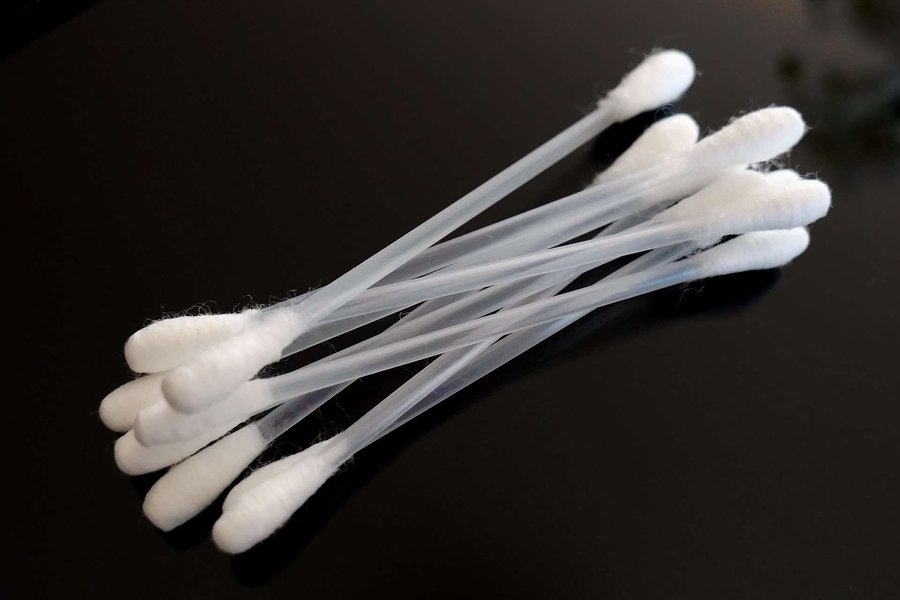What is earwax?
Earwax, medically known as cerumen, is a natural substance produced by glands in the external auditory canal. It plays an important role in protecting and cleaning the ear. Earwax has various functions: It traps dust, dirt and other foreign bodies to protect the sensitive inner ear from mechanical damage and infection. It also has antimicrobial properties that help prevent the growth of bacteria and fungi in the ear canal.
Although earwax is normally harmless, in some cases it can lead to problems such as blockage of the ear canal or inflammation. In such cases, it is advisable to consult a specialist to ensure appropriate treatment.

Good to know
Earwax could not only be genetic, but also reflect the evolutionary adaptation of humans. Historically, moist earwax, which is better at trapping bacteria, could be associated with warmer climates and dense forests, while dry earwax is more common in cooler, less humid regions.
Types of earwax
The composition and amount of earwax can vary greatly from individual to individual and depends in part on genetic factors. Research has shown that the variation in earwax production is strongly influenced by genetic predispositions. An important genetic marker for this variation is the polymorphism in the ABCC11 gene, which plays a key role in determining earwax type. This genetic marker can lead to two main types of earwax: moist earwax (yellowish to brown) and dry earwax (light gray to beige).
The differences in earwax production are due to the different alleles of this gene. Individuals with one particular allele tend to produce moist earwax, while the other allele leads to drier earwax. This genetic basis has a significant impact on individual variation in earwax type and can also provide clues to other health traits.
![[Report Bild]](/static/reportImages/Ohrenschmalz.jpg)